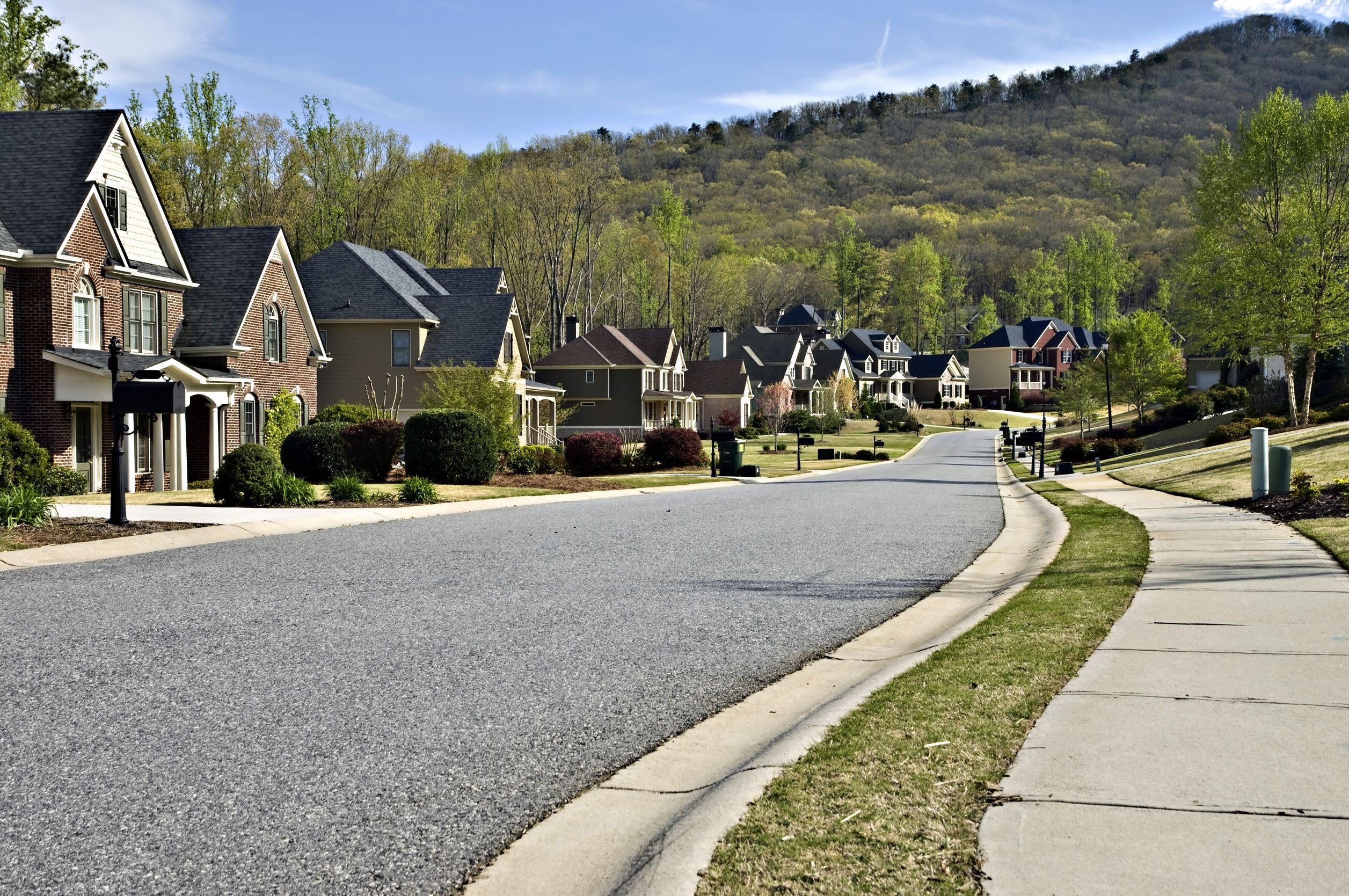The National Rural Housing Coalition (NRHC) has brought to attention the lack of affordable rental options in rural areas of the country, particularly for those with low incomes. The coalition says the problem is getting worse, and is asking for other organizations and investors to step in to help address the problem.

“While there are notable investments made several decades ago for the production and maintenance of affordable, rural rental housing, that federal commitment has not kept pace with the need in recent years,” said Bob Rapoza, executive secretary of NRHC, in a statement. “This is significant because [the U.S. Department of Agriculture’s] current preservation efforts do not appear to be enough to sustain its rental housing portfolio, which is essential to providing clean, decent, and affordable housing for low-income residents in rural America.”
For those looking to rent affordable homes in rural locations, the USDA is one of the only options available. Its tenants have an average income of just $12,729 per year, but the department's housing options are extremely stretched, with vacant homes few and far between.
The USDA estimates that $5.596 billion in extra funding is needed over the next two decades in order to preserve its current rental housing stock.
Rural housing groups warned about a high number of USDA mortgages that are approaching the end of their terms. The property can lose its rental assistance eligibility, a subsidy to low-income households, if the mortgage ends.
As such, the NRHC is urging other organizations and investors to step up to help preserve affordable rental housing in rural communities. It hopes organizations will take advantage of opportunities to acquire, improve the quality of, and maintain the affordability of properties in rural areas.
This is only partially true.
Part of the problem is perception. We are taught- at home, in the media, everywhere- that bigger or newer is best. 'We' expect a large home with all the accouterments. The reality check is that it's just not cost effective to build larger new construction in small areas. That same house costs X to build no matter where it's built, but the income that needs to support it is vastly different from city to rural.
There are generally plenty of habitable homes in rural or small communities. Most just need cosmetics to make them cute and livable. Yeah, they're not going to have state of the art insulation, and may still have baseboard heat and gasp! old appliances. Completely incidental. I have personally helped many friends over the years take an 'empty' and make it a home, along with our own.
Scrubbing and painting and mowing the overgrown yard never killed anybody. Kids can share rooms, and an open concept floor plan is not mandatory.
It wasn't that long ago that folks raised whole families in under 900sq ft. (I know! We raised 3 boys in a 750 ft coffee grinder)
There are a few towns trying out "fix It First" loans to rehab some of these 'older' neglected homes. I think it's a fabulous idea.
If communities used some creative sales techniques, they could get low income and first timers into their communities. It's how you pitch it... Sell them on a quaint home in a safe town with low teacher/student ratios, Wi-Fi and a sense of community, and I would bet it would make a difference. I've lived in some incredibly rural places, so I am speaking from personal experience.